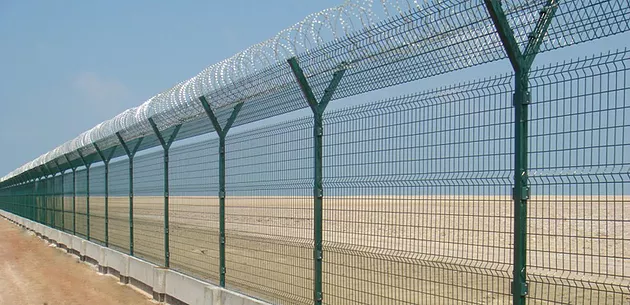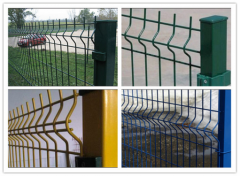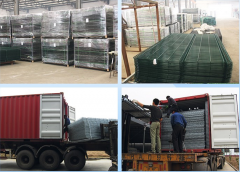material selection
The material of the anti-climb fence should be of high strength and corrosion resistance. Some commonly used materials include steel, aluminum, stainless steel, and galvanized iron wire. Also, the surface of the material should be smooth to prevent the climber from having any place to support.
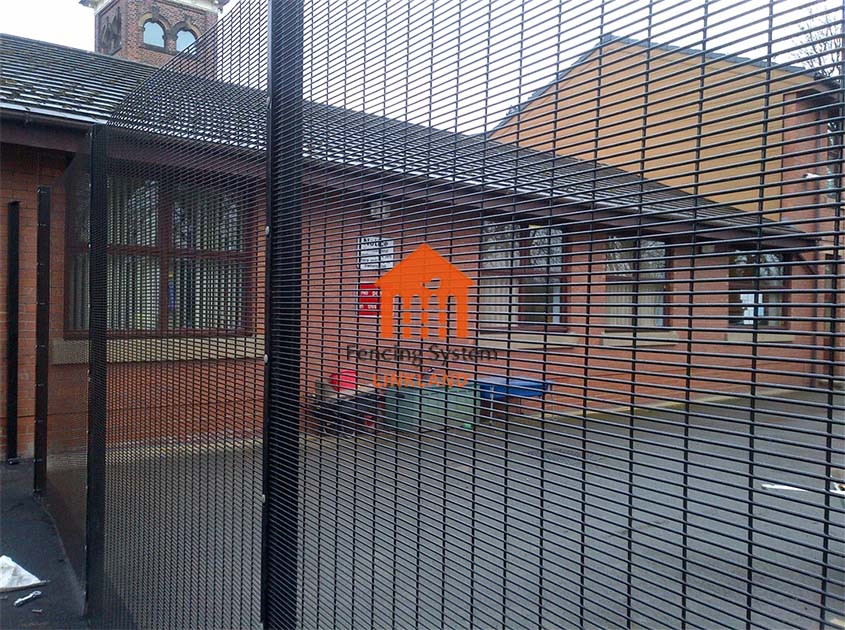
grid design
Mesh designs for anti-climb fences can come in a variety of different shapes and sizes. In general, the mesh should be tight enough to prevent the passage of people, but wide enough to maximize the anti-climbing effect. Some commonly used mesh designs include expanded metal, mesh mesh, and metal bar mesh.

Manufacturing Technology
Anti-climbing fence manufacturing techniques should increase the strength and durability of the fence as much as possible. One commonly used fabrication technique is welding. By welding components of different materials together, high-strength fixed structures can be formed. In addition, attention should be paid to details during the manufacturing process, such as the location and quality of welds, to ensure the excellent performance of the fence.
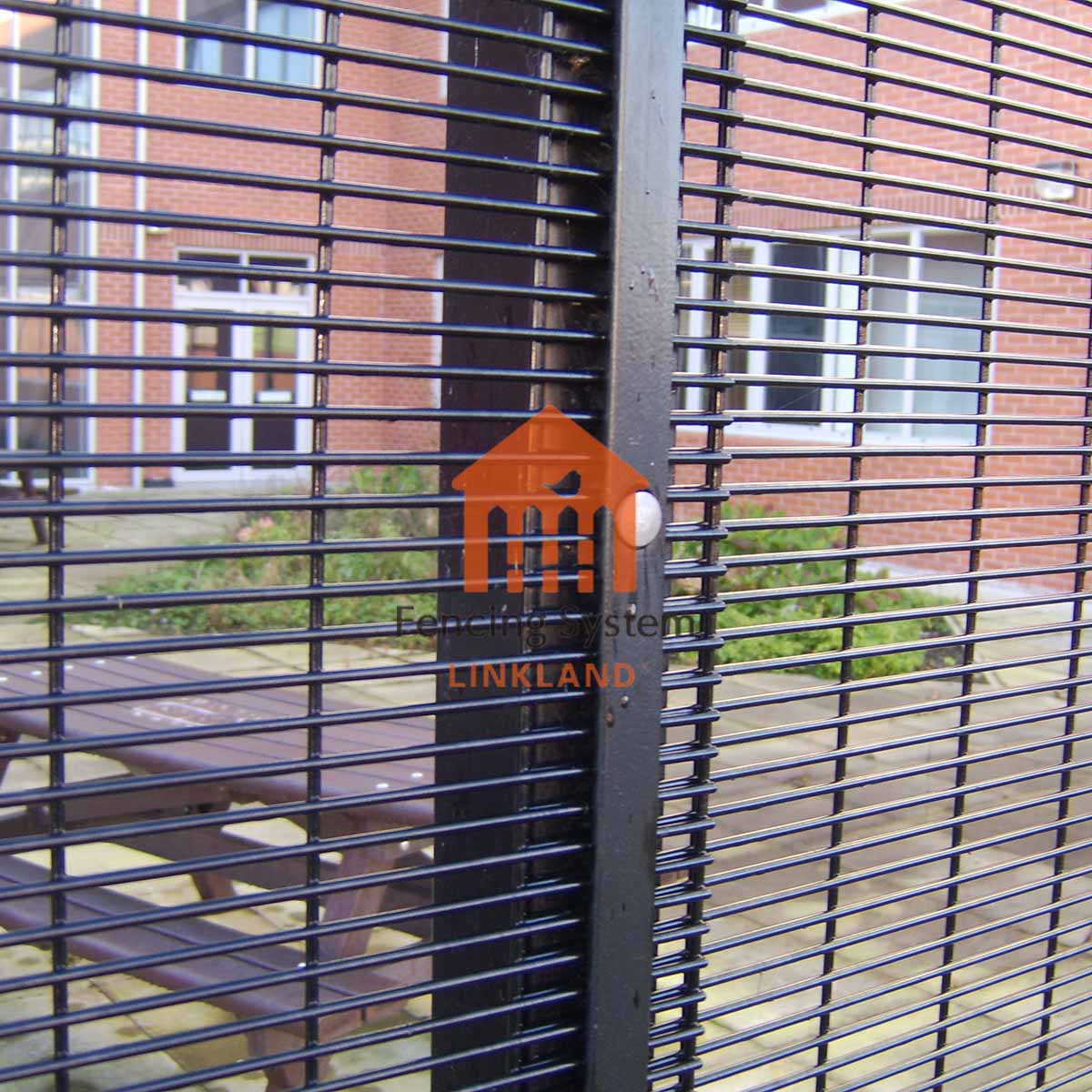
surface treatment
Finally, the surface treatment of the anti-climbing fence is also very important. Some common surface treatments include galvanizing, painting, sandblasting, and anodizing. These treatments can increase the corrosion resistance, aesthetics and maintainability of the fence. Surface preparation requires attention to the type of material and environmental conditions to ensure optimal results.
To sum up, the material and manufacturing technology of the anti-climbing fence should have high strength and corrosion resistance, and at the same time, attention should be paid to the grid design and surface treatment. Proper selection of materials and manufacturing techniques can ensure a high degree of safety and durability for fences, while also being able to meet the needs of different sites.
Pre:anti-climb fence for Perimeter Intrusion Detection Systems: Integration and Optimization

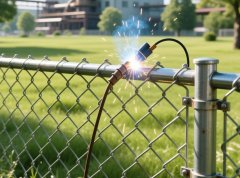
How can South American distributors find suitable fence suppliers? (Professional Procurement Guide)

How to Ensure Fencing Products for the South American Market Meet Local Quality Standards
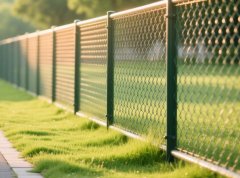
How to Choose the Right Metal Fence Products for the South American Market?
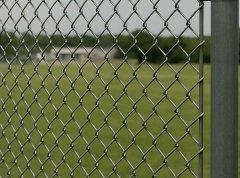
Chain Link Fence – Flexible, Cost-Effective Fencing Solutions for Global Projects
